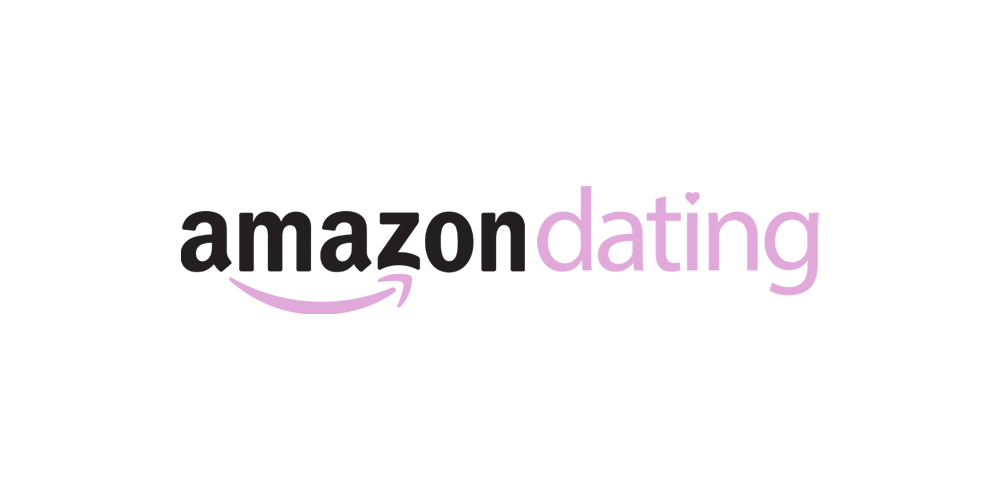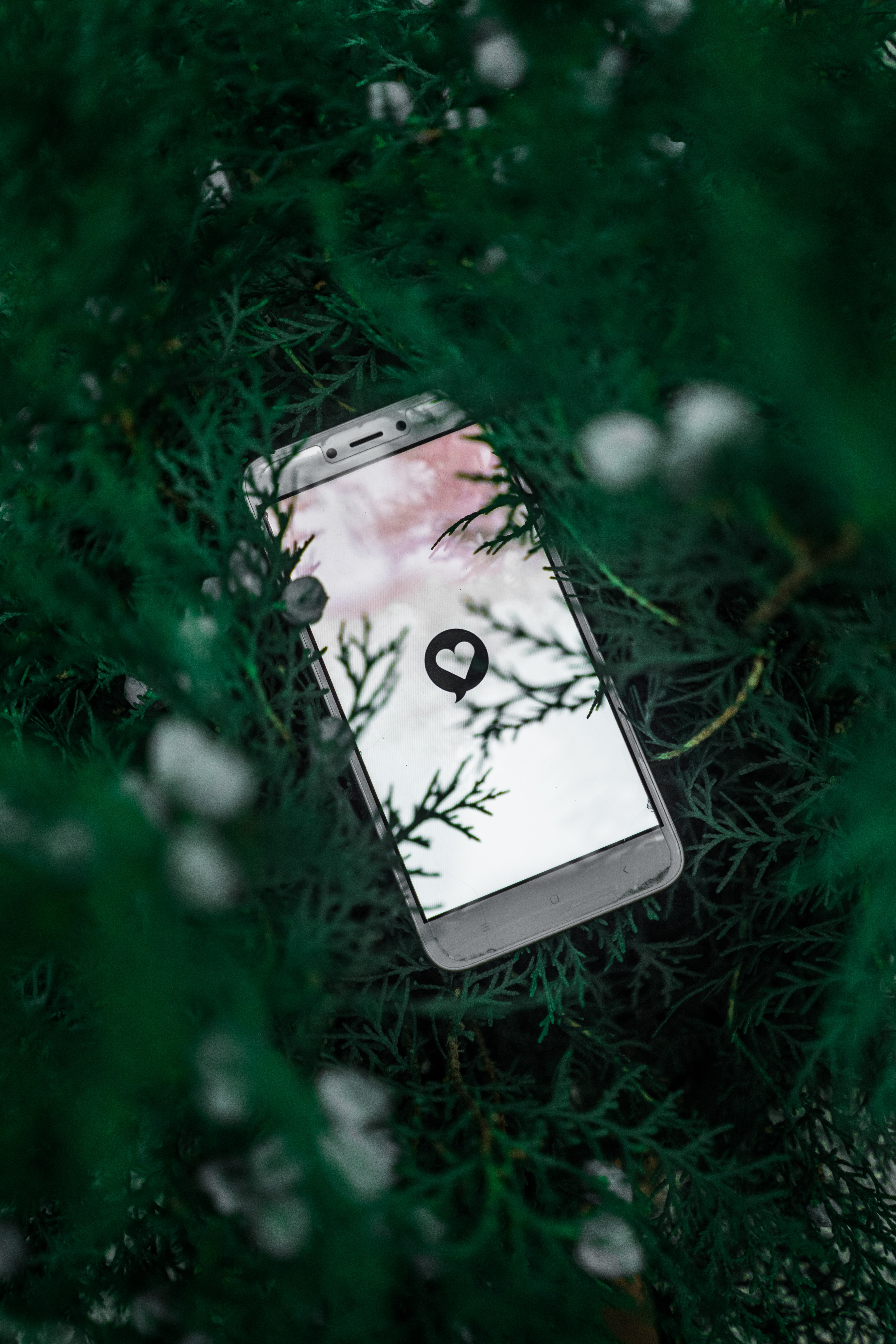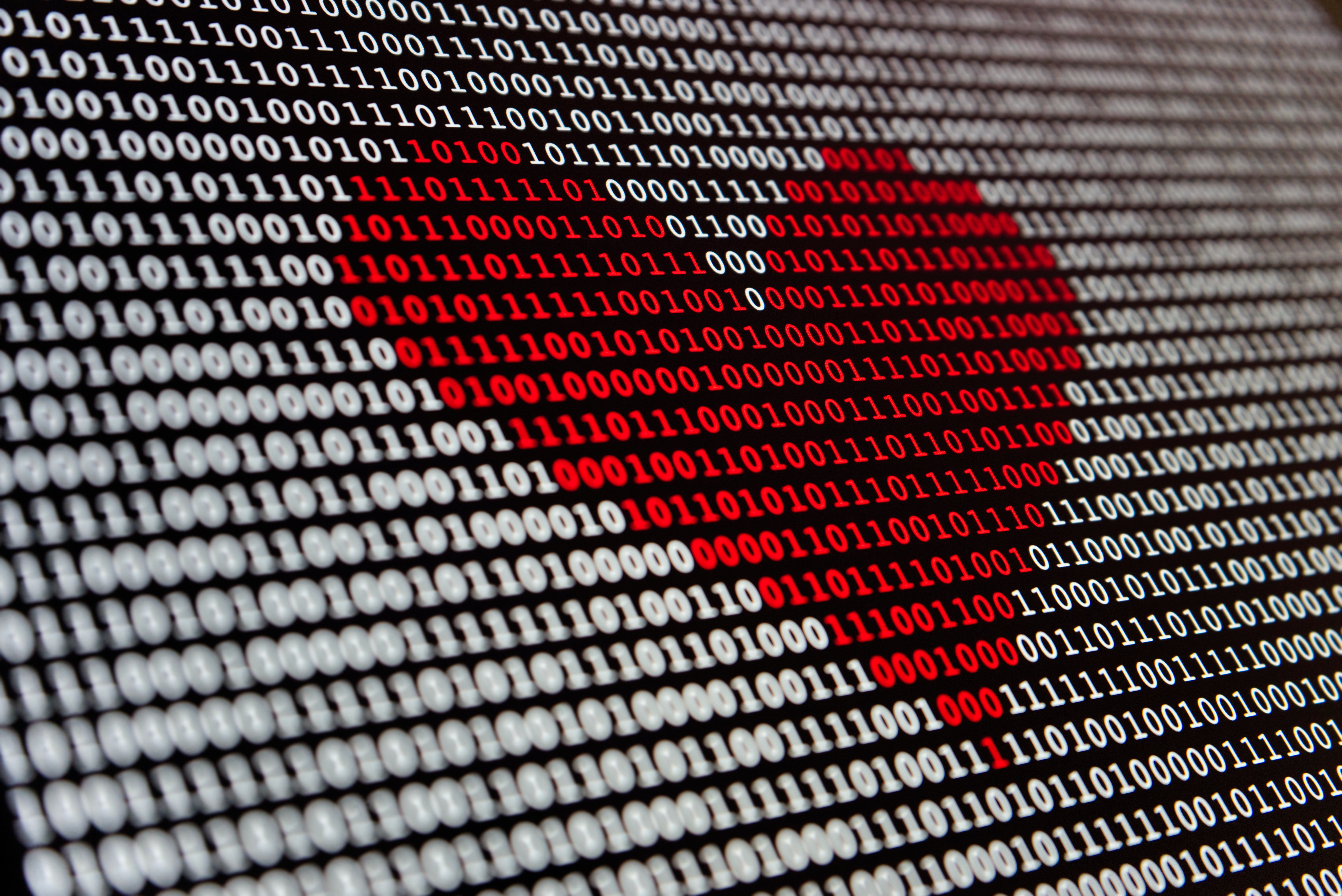
I’ll make a bold claim and say that everybody knows what amazon is and how to use it. I’ll make another bold claim and say that everybody knows what a dating app is (although how to use it is more or less well-known). Now, with this knowledge in mind, any ideas on what amazondating.com is?
Let’s put your theory to the test, shall we.
Hot singles in your area
I think the interface of Ani Acopian’s, Suzy Shinn’s, Thinko’s and Morgan Gruer’s site is clear enough: you’ve got merchandise that happens to be people, you’ve got price tags, all you have to do is pick one and put them in your basket. Once you’ve selected one you can adjust their height – they offer from 2’00’’ to 8’00’’ ft tall. You can also choose the type of love language your ‘partner’ will have in between: words of affirmation, acts of service, receiving gifts, quality time, and physical touch.
If you’re still hesitating on whether you should buy this specific partner or not, you can always look at either the rating or the comments.
Now if you’re wondering what this site is supposed to be, it seems appropriate to click on the ‘’hello, what is this about’’ button. This provides us with the short, yet nonetheless elegant message: ‘’This is a joke.’’ Even though I had to stifle my immense disappointment at not being able to buy my 8.37$ 6’10’ Cookie Monster with the acts of service love language, I think this site is still worth exploring.
Indeed, for a joke, the site is surprisingly polished. You can click on virtually everything and be rewarded with a very sarcastic yet surprisingly on point response. For example, when clicking on ‘’Don’t See What You’re Looking For?’’ you’re immediately sent to Netflix.
Digging deeper
Obviously, Amazon and Amazon dating have absolutely no affiliation to each other. Or not commercially wise anyway. What they do have in common, however, is their interface. To somebody who doesn’t know what to look for, Amazon dating’s and Amazon’s site look identical in all the ways that matter: the position of the logo, the catalogue of buyable articles, the colour-scheme… Very similar indeed, nearly so much so that the former seems to be a bootleg version of the latter.

It’s difficult not to let your mind wander to dating apps after looking at this site. Indeed, their presence in our daily lives becomes more and more pervasive. According to this study made by Stanford University, in 2017, 39% of heterosexual couples in the US said to have met online, making it the most common way of meeting a partner (second to that comes meeting through friends at 20%) in the US. However, there is still a rampant dislike of dating apps (just as Amazon dating illustrates) 56% of American adults see them as somewhat/very negative.
Photo by Pratik Gupta on Unsplash
What’s even more interesting is that the comments on the different partner profiles are actually comments taken straight from Amazon. Here’s an example taken from under the profile of Barret, 40. The message it conveys is thus rather straightforward: romantic relationships as sellable items.
Cynicism in a bottle
And indeed, aren’t dating apps just that? A catalogue where you get to pick, choose, and discard without a second thought? Is Amazon dating actually that far removed from reality?
Well, everybody is entitled to their own beliefs, and I do have to say that my initial response to dating apps is not very positive. But if you tend to have the same opinion as me, here’s some food for thought: what is the real difference between dating apps and the way we choose partners in so-called real-life? One always has criteria for whom they’re going to select as potential partners. You might not want to have a relationship with a person if they don’t have the same ideals as you, if they don’t have the same interests, if they’re not physically to your liking…
All dating apps are doing for you is putting everybody’s cards on display. If they do anything it is making things easier on that part, right? They make the process more obvious, automated nearly, but in the end it’s just a reflection of the sifting we automatically do.

Now you might argue that it is this ‘’putting yourself on display’’ that is the crux of the problem, but yet again, how is that so different from what we’re doing in ‘real-life’? Trying to show yourself in the best light is far from being a rare phenomenon. In fact, it’s something we do daily. Furthermore, all the display you’re doing is purely optional, nothing stops you from putting a horrendous close-up of a toad as your profile picture for example (and it might be more telling about your personality as well).
Now of course, if you already don’t like showcasing in real life, your opinion won’t change much regarding the practice online, but then the app isn’t really the problem, is it? It would rather be the way in which we try to establish romantic connections in general.
That, however, is a completely different question.


Recent Comments